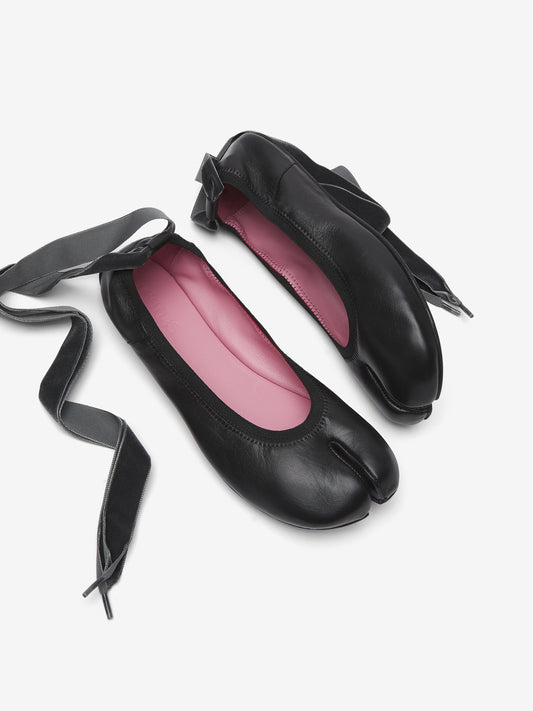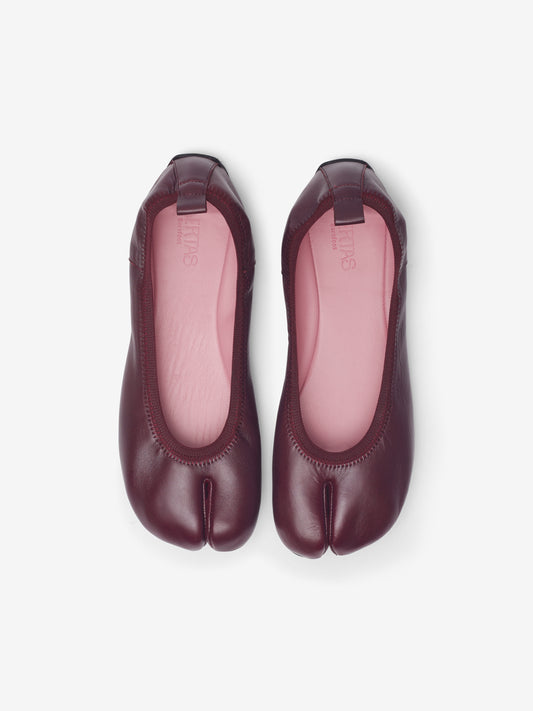
What if normal wasn't natural?
Share
Just look around and you’ll see: most of the shoes we wear today have drifted far from the real shape of the foot. What’s unnatural has become the norm. And the worrying part is that, even though our foot structure has remained unchanged for hundreds of thousands of years, shoes have followed a completely different evolution.
For centuries, fashion trends have shaped our idea of what a shoe “should” look like: narrow toes, heels, rigid soles… Designs that don’t respect the anatomy of the foot and, in the long run, harm our health and the way we move.

What’s interesting is that many of these designs originated in contexts that no longer exist. For example, pointy shoes with heels were invented to make horseback riding easier: the pointed toe helped fit the foot into the stirrup, and the heel prevented it from slipping out. But today, no one moves around on horseback—yet we’re still wearing shoes designed for that purpose.
Many people believe the problem lies only in high heels, but that’s not entirely true. Precisely because we only wear them on special occasions, we’re more aware of the damage they cause. The real impact comes from that slight incline we wear every day without thinking: that small heel that pushes the body forward, throws off our posture, and puts more pressure on the toes.
If you’re reading this, you’ve probably already started to question not just how shoes look, but how they feel. Because what’s “normal” isn’t always natural. And at Libertas, we believe design should follow the body—not force it into shape.





